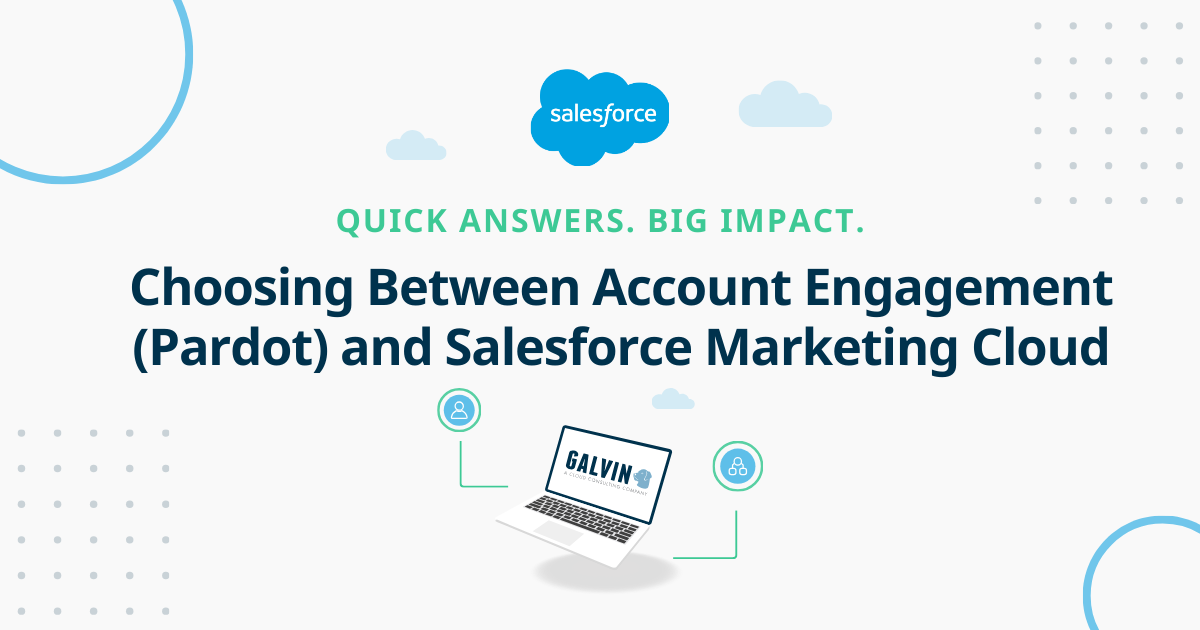Using Research in Business to Business Marketing: Challenge Your Assumptions, Not Your Customers
Guest Blog Post from Katie Sanner, Associate Account Director at Hinge.
This perilous portrait of the service buyer’s plight in the buyer to buyer marketing landscape isn’t simple speculation; it’s supported by research. We asked 1,500 buyers and sellers of services to identify the primary challenges faced by buyers’ firms. These Top 10 Business Challenges (see Fig. 1) reflect a wide variation in the perceptions of buyers and sellers.
Sellers consistently—often dramatically—underestimate the challenges of buyers. From economic and budgetary issues through efficiency and regulatory issues, sellers don’t share buyers’ perceptions of these challenges. The sole exception to this trend is technology issues, which sellers overestimated.
And when it’s time to enlist a service provider—someone to address these and other challenges—we find another disconnect.
Again, we find two distinct points of view. Sellers have a fairly accurate sense of the importance of reputation, but they overestimate the significance of their services’ price tags. Buyers are much more concerned with finding providers who share their values, who come recommended, and who are comparable to them in size.
Making it even harder for compatible firms to connect, buyers and sellers are rarely on the same page about who the primary competitors in a given field are. Our research revealed that the competitor lists of buyers and sellers overlap by just 25%.
We can chalk much of this up to the selection criteria above. Firm A, not privy to the buyer’s perception of costs, assumes Firm X charges too much for a comparable service, so it’s down to us and Firm B. But the buyer may value Firm X’s size and position in the market; they might consider (or want to consider) them peers. The perception that buyer and seller are in the same league might trump fiscal concerns. Looking at the wide variation in the criteria in Figure 2, it’s easy to see why there’s so little overlap in perceived competitors.
How can these issues be resolved? How can you make sure you’re in the above 25% and that you’re in a position to contribute to your clients in a positive way?
Successful buyer to buyer marketing is dependent on research. Sellers must understand the perceptions and challenges of potential clients. Discover and engage with their challenges and you become more than a sales pitch; you become a partner in addressing their needs. Specialize, and target your marketing efforts on clients whose needs you understand. Remember, to buyers, you’re not so much a purchase—remember the different perceptions of cost from Figure 1—you’re a solution to one of the many challenges they face.












